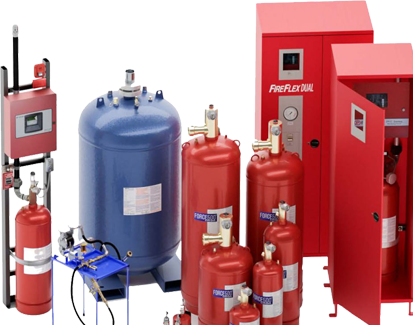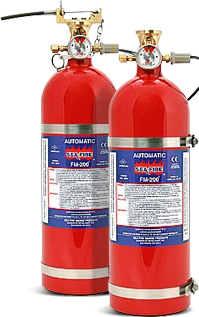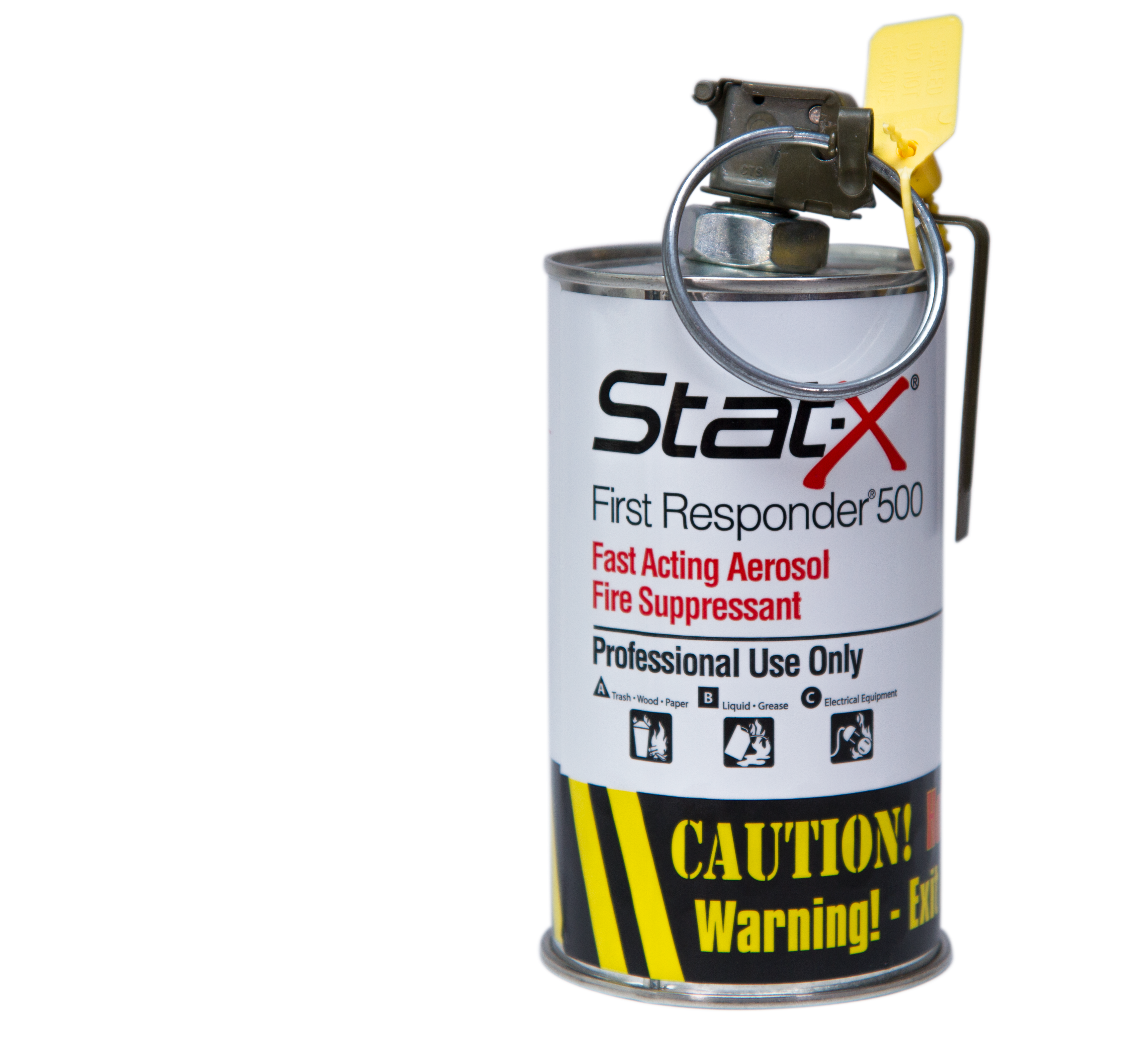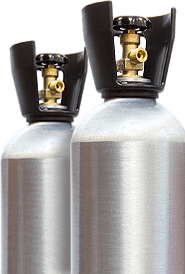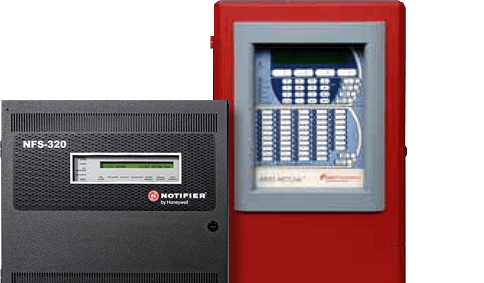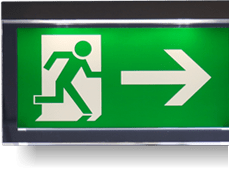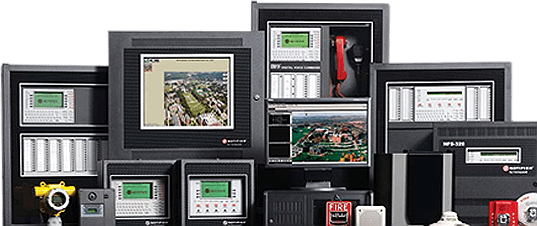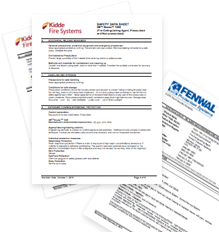Fire Protection During Construction & Renovation
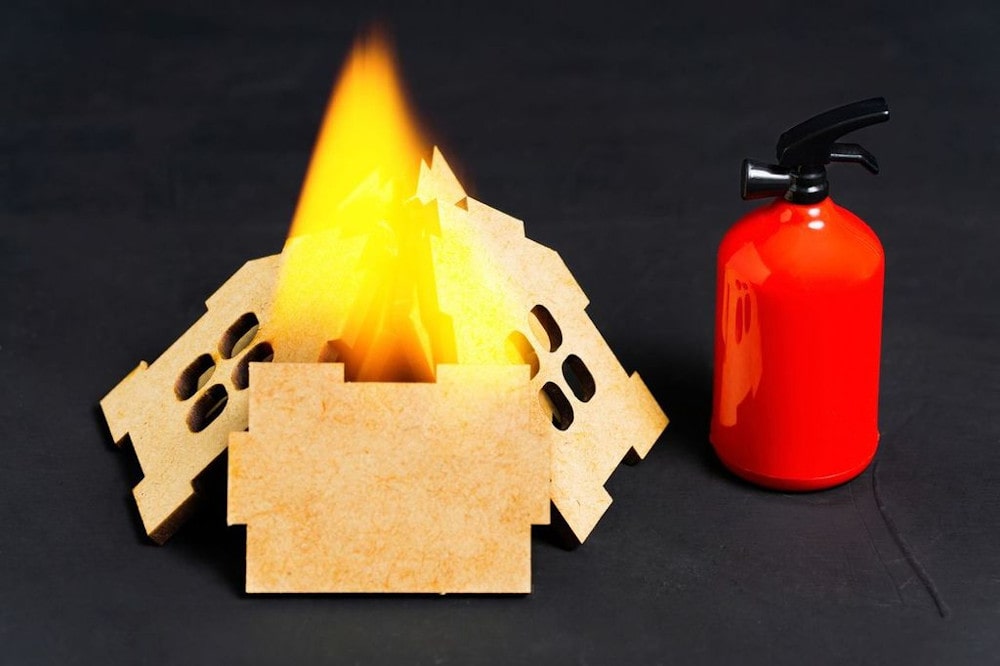
Any construction or renovation project, no matter the size, represents risks for fire and life safety for workers and occupants. All construction professionals should be conversant with NFPA 241, the standards for safeguarding construction alteration and demolition operations. Here, we discuss some highlights of these provisions and requirements.
Understanding Unique Risks
Workplaces always present increased risks for life safety and fire safety. Construction sites, whether they be new construction or renovation projects, present significantly increased risks. Among these increased risks are byproducts of the activities required in these situations. Often wiring and electrical equipment is exposed. Many flammable materials are present, such as solvents, paint, and other chemicals. Many construction projects require cutting or welding activities that become ignition hazards. All too often, especially in renovation work, fire suppression systems are disabled or removed.
Explore further
Fire Prevention Measures
Construction sites and renovation projects require essential fire prevention strategies that can significantly reduce the dangers in the workplace. The most basic of these fire prevention measures include the following:
- Regular inspections and site safety checks – Vigilance is the hallmark of good site safety practices, and this goes for fire safety as well. A system of regular site inspections helps maintain a safe environment and reminds employees of the need to maintain a safe work environment and safe practices.
- Proper Storage and handling of flammable materials – providing proper storage facilities for flammable materials encourages employees to handle these materials safely in the workplace. This can help reduce accidents that resulting in spills resulting in fires or contamination issues.
- Fire watch requirements during hot work operations – Requiring a form fire watch during hot work operations such as welding or cutting is an important step in reducing the chances of inadvertent ignition of flammable materials.
- Temporary fire protection systems – Providing temporary fire protection systems offers employees the chance to respond to a dangerous situation before it becomes a major problem. Fire extinguishers, temporary sprinkler systems, and maintaining existing fire suppression systems during construction should be part of your fire protection plan.
Emergency Preparedness
Every work site or construction project should include a comprehensive emergency response plan. On larger projects, this planning should include first responders. Such plans should include items such as.
- Evacuation procedures and routes – Any life and fire safety plan must include pre-planned evacuation plans and routes. These plans and routes require prominent posting and worker training in the proper procedures.
- Communication protocols – Communication protocols ensure that workers on the site can be quickly and reliably notified of any emergency. This is especially true on large or geographically diverse work sites.
- First aid and medical response – Pre-planning for emergency medical response and first aid as part of the plan require coordination with local health authorities.
- Coordination with local emergency services – This allows local first responders to be aware of any special hazards on the worksite.
Worker Training
The best fire prevention plan will fail if personnel are not aware of the plan and do not participate actively in implementing the plan. Worker training must be a part of any fire safety plan in your workplace. Training should emphasize expectations for fire prevention, including techniques and strategies. Workers' training should include the proper selection and use of fire extinguishers. Every worker must understand your emergency response procedures and their responsibilities to maintain a safe work environment.
Worker training should include hands-on elements, practice, and proper documentation. Allowing workers to learn the proper methods of using fire extinguishers on controlled fires is one example. Documentation of training helps limit liability with an actual emergency event.
Compliance with Regulations
You cannot expect workers to comply with regulations about which they have no knowledge. Worker training must include discussions of relevant fire safety regulations and standards with an expectation of compliance. Your employee plan should include potential consequences for non-compliance. It is crucial to communicate expectations and consequences clearly and unequivocally.
Post Construction Fire safety
Fire safety doesn't stop the finish of construction. Any fire safety plan should include post-construction requirements and guidance. Post construction fire safety includes completing last inspections and receipt of all expected certifications. Part of this process is the last inspection, testing, and certification of any installed fire protection systems. Last but not least, employees must be trained and certified in all fire safety procedures and equipment.
Before any construction or renovation project must include a comprehensive life and fire safety plan. On smaller projects, this fire and life safety plan may be simple. Larger projects require more stringent planning and preparation. Control Fire Systems can assist you in preparing such a fire and life safety plan for your project. Call Control Fire Systems today to prepare your construction or renovation project fire and life safety planning.






